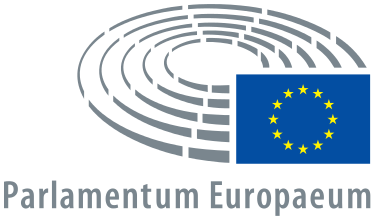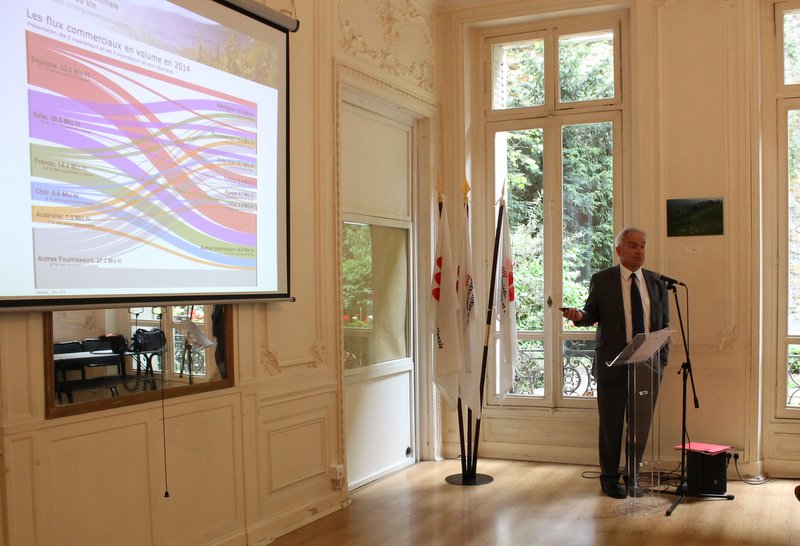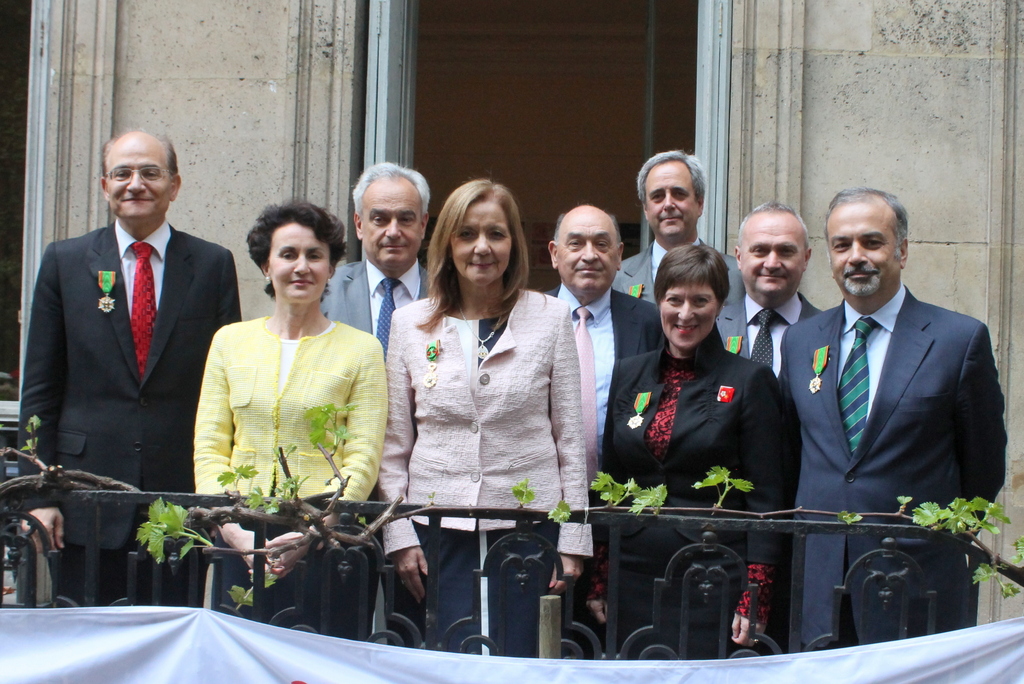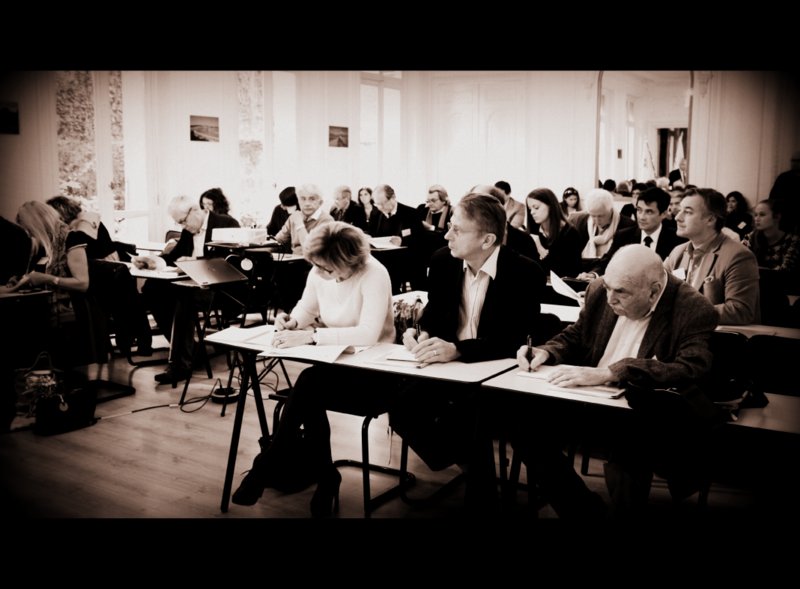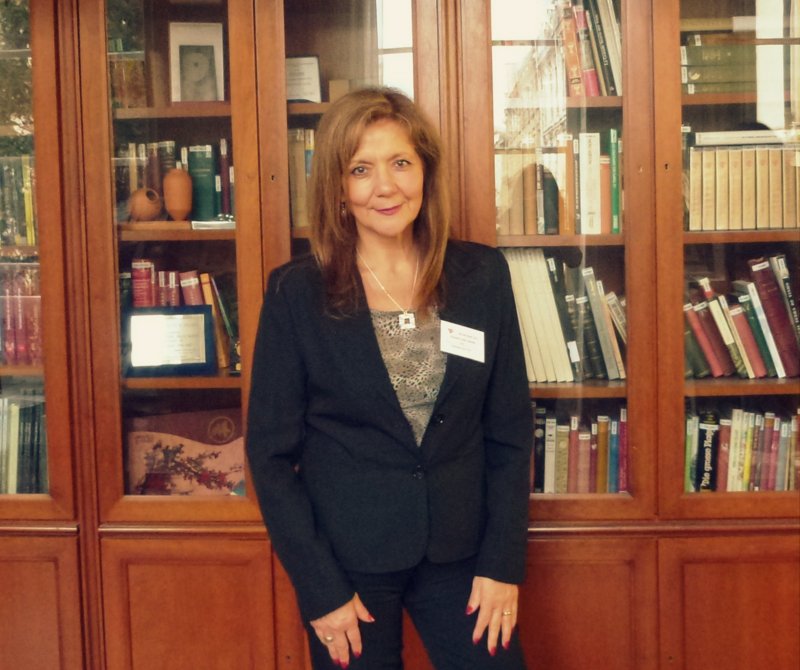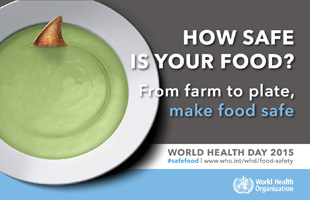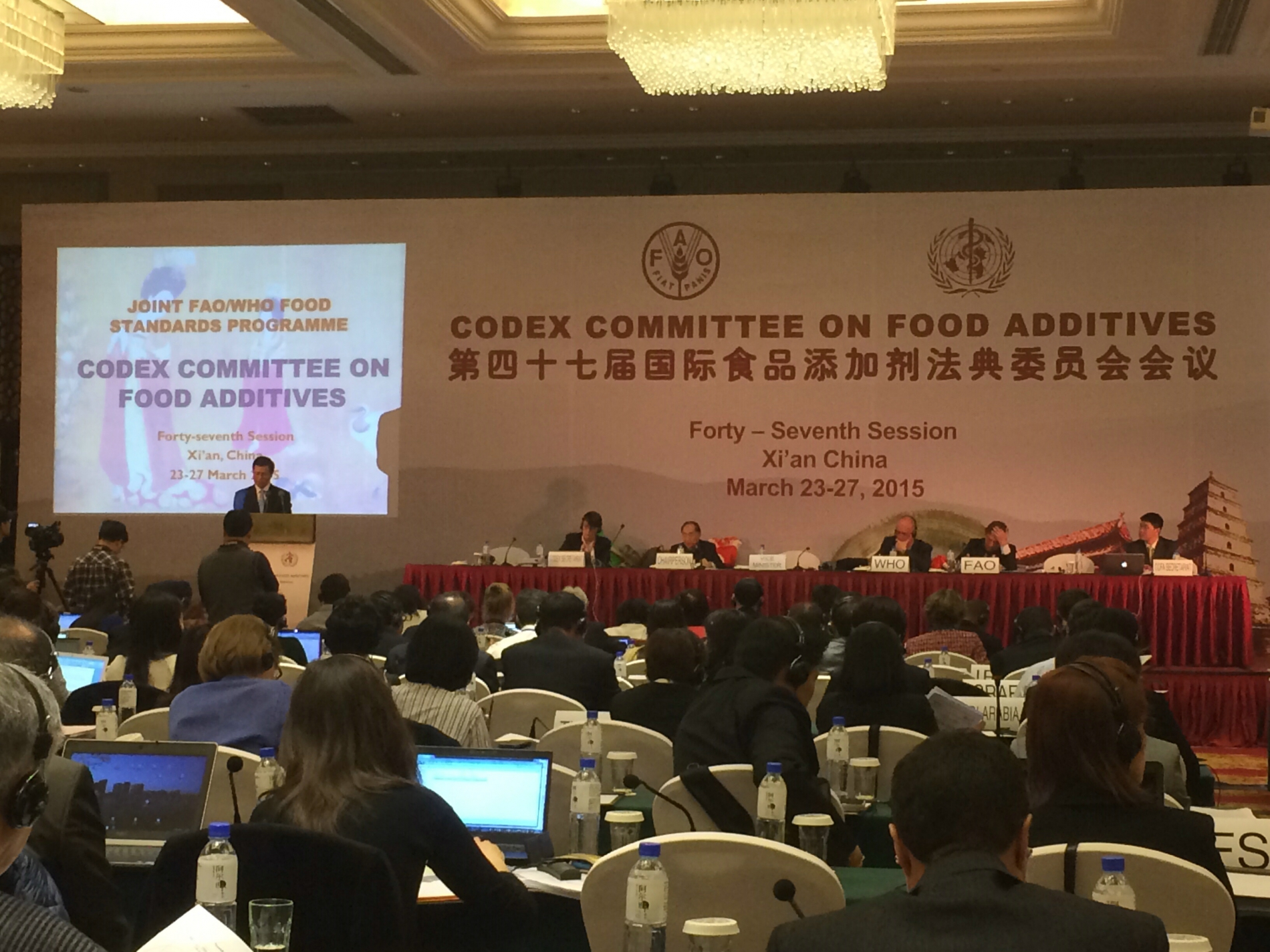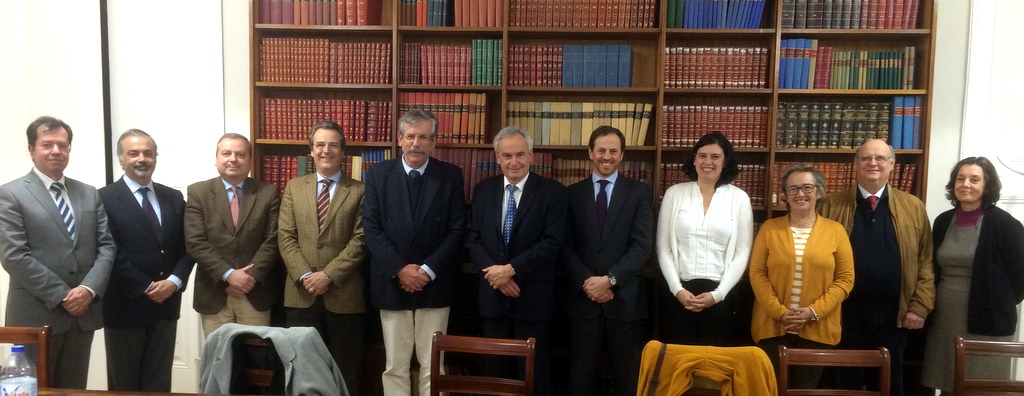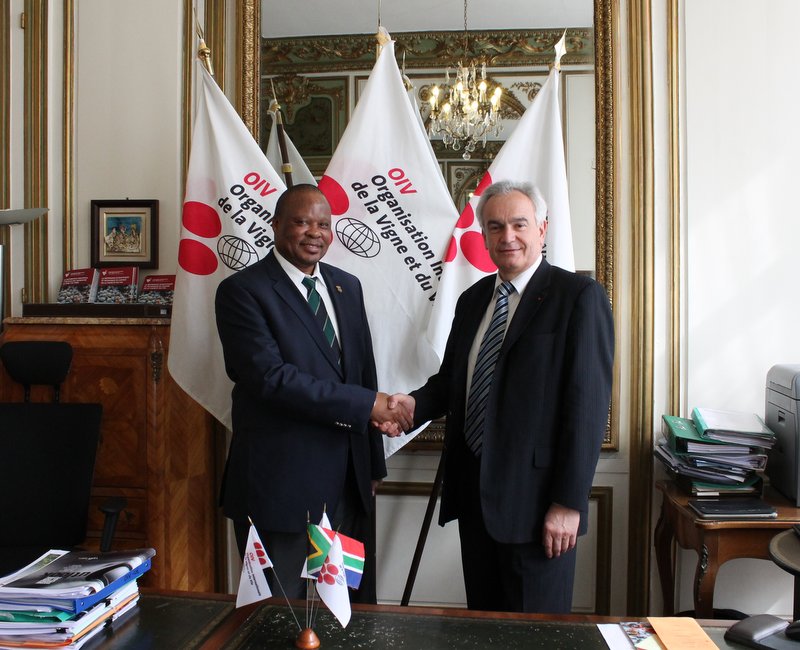29 Apr 2015
MEPs call on the European Commission to “immediately begin work on the new EU Alcohol Strategy (2016-2022)” in order to assist national governments in dealing with alcohol-related harm. The strategy should include collecting reliable data, improving prevention and treatment, reducing accidents caused by drink driving and analysing various drinking patterns, they say, in a resolution passed on Wednesday by a show of hands.Label ingredients and caloriesThe European Commission should evaluate whether the requirement to provide consumers with information on ingredients and nutritional content should apply to alcoholic beverages, say MEPs.The calorie content of alcoholic beverages should be clearly stated, and the Commission should table a legislative proposal to this end in 2016 at the latest, they add.MEPs also call for the Commission to consider EU-wide labelling to warn pregnant women not to consume alcohol and to alert drinkers to the dangers of drink driving.Protecting young peopleMEPs urge EU member states to step up efforts to protect young people by strictly enforcing legislation on the drinking age limit, and recommend that they monitor the effects of alcohol advertising on young people and limit their exposure. Member states should also consider measures against the sale of very cheap alcohol, they add.The European Commission should also tackle cross-border sales of alcohol via the internet, say MEPs. Member states are urged to run campaigns to raise awareness of the dangers of binge drinking, especially for minors, and step up efforts to reduce road accidents related to drink driving, says the text.MEPs Calls on the Commission and the Member States to invest in education in order to stress the effects on health and society of harmful alcohol consumption while promoting moderation and responsibility in the consumption of alcoholic drinks.
27 Apr 2015
- Slight growth in the global areas under vines (7554 kha, + 8 kha): China is now second in the world in terms of its vineyard surface area, with nearly 800 kha
- World wine production is at a good average (279 mhl), after the high volumes in 2013 (291 mhl)
- Global wine consumption in 2014, estimated at 240 mhl, dropped slightly by 2.4 mhl compared with 2013, within an overall context of stabilisation since 2009
- In 2014, the world wine trade continued to increase in terms of volume (104 mhl, +2%) to reach a stable value of 26bn EUR
- Early estimates of the 2015 harvest: a slight decline in the southern hemisphere
24 Apr 2015
Ms Catherine Geslain-Lanéelle, Director General for Agricultural, Agri-food and Territorial Policies in the French Ministry of Agriculture, stressed the importance that France is attaching to the OIV's activities by awarding the Order of Agricultural Merit to the scientists elected to the highest positions in the Organisation.Knights of the Order of Agricultural Merit Mr Vicente Sotés Ruiz – Spain – President of Commission I "Viticulture"Nationality: SpanishQualifications: Doctor in Agronomic Engineering, specialised in viticulture and oenology.Professional career: Teacher and Researcher, currently a Professor of Plant Production (viticulture) at the Higher Technical School of Agricultural Engineering of Madrid.Specialised in vine physiology and wine production. Director of 15 doctoral theses. Author of 165 publications.OIV career: Spanish delegate within the "Viticulture" Commission since 1991, Vice-President of the "Vitivinicultural Zoning" Expert Group from 2004-2007, President of the "Viticultural Environment and Climate Change" Expert Group in 2007.Other achievements: Member of the European Group for Vine Training Systems, of the Italian Academy of Vine and Wine, and of the Consultative Committee of the Spanish Wine Federation. Mr Ahmet Altindisli – Turkey – President of the "Table Grapes, Raisins and Unfermented Vine Products" Sub-CommissionNationality: TurkishQualifications: Doctor of Viticulture.Professional career: Teacher and Researcher, Professor of Viticulture at the Faculty of Agriculture of Ege University in Izmir.Specialised in organic production and canopy management. Author of 20 scientific publications.OIV career: Turkish delegate within the "Viticulture" Commission since 2007, Scientific Secretary of the "Table Grapes, Raisins and Unfermented Vine Products" Sub-Commission in 2007, then President of this Sub-Commission since 2012.Other achievements: Member of the Turkish Horticultural Society, member of the Scientific Committee for the World Congress of Vine and Wine (2012). Mr Valeriu Cotea – Romania – President of Commission II "Oenology"Nationality: RomanianQualifications: Doctor of Agronomy, specialised in viticulture and oenology.Professional career: Teacher and Researcher, Professor of Oenology, Vice-Chancellor of the University of Ia?i. Director of 7 doctoral theses.OIV career: Romanian delegate within the "Oenology" Commission since 1998, President of the "Specifications of Oenological Products" Expert Group (2007-2012), President of the "Oenology" Commission since 2012.Other achievements: Member of the Romanian Office of Vine and Wine Products, member of the Romanian Academy of Agricultural and Forestry Sciences, President of the National Vineyard Growers and Wine Producers Association.He is receiving the Order of Agricultural Merit 19 years after his father, Valeriu Cotea, who also received this award as President of the "Oenology" Commission in 1996. Mr Paulo Barros – Portugal – President of the "Methods of Analysis" Sub-CommissionNationality: PortugueseQualifications: Graduate from the Faculty of Pharmacy at the University of Porto.Professional career: Assistant Professor in Pharmacy, Technical Director of the Porto laboratory for wine analysis, Adviser to the Board of Directors at the Port and Douro Wine Institute. Author of over 50 publications.OIV career: Portuguese delegate within the "Methods of Analysis" Sub-Commission since 1989, for which he became Scientific Secretary in 2009 and President in 2012.Other achievements: Organisation of the OIV World Congress in Porto, member of the OIV National Committee in Portugal. Mr Eugenio Pomarici – Italy – President of Commission III "Economy and Law"Nationality: ItalianQualifications: Doctor of Mathematics.Professional career: Teacher and Researcher, Professor at the University of Naples and at Padua University in Conegliano.Specialised in supply analysis in the fruit and wine sector. Author of 74 scientific publications.OIV career: Italian delegate within the "Economy and Law" Commission since 2004, President of the “Markets and Consumption” Expert Group (2007-2012), President of the “Economy and Law” Commission since 2012.Other achievements: Member of the National Committee for the protection and promotion of designations of origin. Ms Creina Stockley – Australia – President of Commission IV "Safety and Health"Nationality: AustralianQualifications: Master's in Business Administration, Master's in Clinical Pharmacology.Professional career: Teacher and Researcher; Lecturer at the University of Adelaide School of Agriculture, Food and Wine; Health and Regulatory Information Manager at the Australian Wine Research Institute. Author of more than 30 publications.OIV career: Australian delegate within the "Safety and Health" Commission since 1999, Vice-President of the "Nutrition and Wine" Expert Group (2000-2006), President of the "Food Safety" Expert Group (2007-2012), President of the "Safety and Health" Commission since 2012.Other achievements: Member of the various working groups on additives and allergens; consultant on health, nutrition and food safety for different vitivinicultural organisations.Officer of the Order of Agricultural Merit Ms Claudia Quini – Argentina – OIV PresidentNationality: ArgentineQualifications: Chemical engineering degree from the National Technological University (Regional Faculty of Mendoza)Professional career: built within the National Vitiviniculture Institute, in particular, as coordinator of oenological studies and sensory analysis, in the analytical and technical departments, and in conducting research and monitoring duties. Professor of Wine Technology and Sensory Analysis.OIV career: expert and delegate within the "Oenology" Commission since 2004, qualified personality within the OIV Scientific and Technical Committee (2009-2012), elected President of the OIV in June 2012 in Izmir.Other achievements: Head of the Vinandino national wine competition, member of the Argentine delegation for international negotiations regarding wine.From Paris to Mendoza, going via Porto, Madrid, Verona, Bucharest, Izmir and Adelaide, over 30,000 kilometres stand between the above recipients of the Order of Agricultural Merit, yet they are all brought together as part of the OIV.
15 Apr 2015
As a world leader in the wine industry, he served for many years as the official United States delegate to the Wine Technology Group of Experts of the Office International de la Vigne et du Vin (OIV). He was also active in the OIV Subcommission on Methods of Analysis and the Group of Experts that draws up the OIV Code of Enological Practices.
In recognition of his contributions to this organization, he was presented the OIV Award of Merit in 1999, one of the very few Americans to be so honored.As Chairman of the Wine Institute Technical Committee for two decades, he had been instrumental in successfully guiding the work of that group in numerous areas critical to the grape and wine industries. He had also headed numerous Wine Institute subcommittees dealing with such regulatory bodies as the Bureau of Alcohol, Tobacco, and Firearms, the Department of Agriculture, the U.S. Food and Drug Administration, both Federal and State EPA, the California Air Resources Board and a number of water quality and waste management agencies. He had received the highly coveted Merit Award of the American Society for Enology and Viticulture. He had served the Society first as its Technical Projects Director, then as President, and later as the Editor of the American Journal of Enology and Viticulture. He acted as Enology Editor of that publication, and as editor of the chapter on wine analysis in the Official Methods of Analysis of AOAC International for nearly thirty years and was elected a Fellow of that organization. He has served as the Liaison Officer between AOAC and the American Society for Enology and Viticulture for over 30 years.
10 Apr 2015
To attend this press conference, journalists are kindly asked to send an email with their name and their professional contact details to press@oiv.int.Date: Monday 27 April 2015Time: 11:00 amLocation: International Organisation of Vine and Wine, (OIV), 18 Rue d'Aguesseau, Paris 75008 - Metro station Madeleine or Concorde [see map]
08 Apr 2015
This event, placed under the patronage of the OIV and a member of VINOFED (the World Federation of Major International Wine and Spirits Competitions) includes 5 major competitions: Riesling du monde, Pinot Gris du monde, Gewürztraminer du monde, Sylvaner du monde and Pinot Blanc du monde). The previous year, 850 wines from 21 countries were presented.The OIV President previously participated in the 13th Bacchus Wine International Competition in Madrid, between 20 and 24 March 2015. This competition, placed under the patronage of the OIV, collected nearly 1651 wine samples from 18 countries.During these international competitions, Claudia Quini assumes the role of OIV’s expert commissioner to ensure the respect of the OIV standards for international wine competitions. Each year, only around thirty international competitions have the OIV’s patronage, which ensures comparable organisation conditions, selection and awards.
07 Apr 2015
The theme for World Health Day 2015 is Food Safety, a theme of high relevance to all people on the planet, and multiple stakeholders, including government, civil society, the private sector, and intergovernmental agencies. As our food supply becomes increasingly globalized, the need to strengthen food safety systems in and between all countries is becoming more and more evident. That is why the WHO is promoting efforts to improve food safety, from farm to plate (and everywhere in between) on World Health Day. WHO helps countries prevent, detect and respond to foodborne disease outbreaks - in line with the Codex Alimentarius, a collection of international food standards, guidelines and codes of practice covering all the main foods and processes. Together with the UN Food and Agriculture Organization (FAO), WHO alerts countries to food safety emergencies through an international information network.
To contribute to the safety of the consumers and take their expectations into account is one of the strategic axes of the new OIV Strategic Plan 2015-2019.In this framework, the OIV participates to the food safety through its network of experts and in particular the works of the group of experts "Food Safety" which establishes opinions on the new proposed oenological practices and sets limits for certain contaminants.Moreover, the OIV adopted, several Code of Good Practices in order to limit the presence of certain undesirable compounds in particular Ochratoxin A, biogenic amines and more recently a Code of good fining practices for wine to be applied in the use of proteinaceous wine fining agents with allergenic potential.
02 Apr 2015
Among the various points of the agenda, a particular point concerned the additives and their provisions for the food category 14.2.3 “Grape wines and its sub-categories”. Grape wine is part of Annex 3 for which the additives that are recognised for use in the grape wine category and subcategories should be evaluated case by case. In 2014 the Committee agreed to establish an electronic working group, to collect information on the functional classes, on the appropriateness of setting good manufacturing practice (GMP) or a numerical maximum use level as well as the actual levels of use. During this 47th session, the Committee endorsed the recommendation to adopt at Step 8 the draft provision for carbon dioxide (INS 290) in food category 14.2.3 “Grape wines” with a maximum use level at “GMP” and to revise the Note 60, associated in order to limit CO2 content in finished still wine at 4000 mg/kg at 20 °C”; The Committee also endorsed the recommendation to establish an EWG to develop a discussion paper, for the next session, which would assist to analyse the specific provisions of food category 14.2.3 and its sub-categories case-by-case. It was noted that the concern was not about the safety but about the technological justification of the provisions. [Read more]
27 Mar 2015
During a meeting with the Secretary of State for Agriculture, José Diogo Albuquerque, the Secretary recalled the importance that his country, as a founding member of the OIV, attached to the work of the Organisation. He also confirmed his desire to maintain the strong presence and involvement of Portuguese experts in the various working groups.A working meeting organised with representatives of the Scientific and Technical Committee of the OIV National Committee (a body that, within the IVV, liaises between the various players in the vitivinicultural sector and coordinates the standpoints of Portugal with the OIV) allowed for discussion of different topics on the Organisation's work agenda. The visit to PORVID (the Portuguese Association for Vine Diversity) provided an opportunity for a presentation on work carried out to preserve vine diversity in a country that has a large number of native vine varieties. This work will be presented during the OIV meetings in April.Finally, while visiting several vineyards that were representative of the diversity of Portuguese viticulture, Jean-Marie Aurand engaged in a number of discussions with sector representatives.
24 Mar 2015
During this meeting, Mr Jean-Marie Aurand recalled the missions of the OIV and elaborated on the challenges faced by the vitivinicultural field as they are defined in the 2015-2019 OIV Strategic Plan. He also emphasised the involvement of the South African experts within the OIV, expressing the wish that this may be expanded into the table grape sector, where the expertise of South Africa is recognised in international markets. H.E. Mr Rapulane Molekane stressed the importance of consensus regarding the methods by which OIV standards and recommendations are drawn up. He also expressed his satisfaction with the cooperation between his country and the OIV, adding that he would like to see strengthened collaboration where issues related to water management are concerned.
